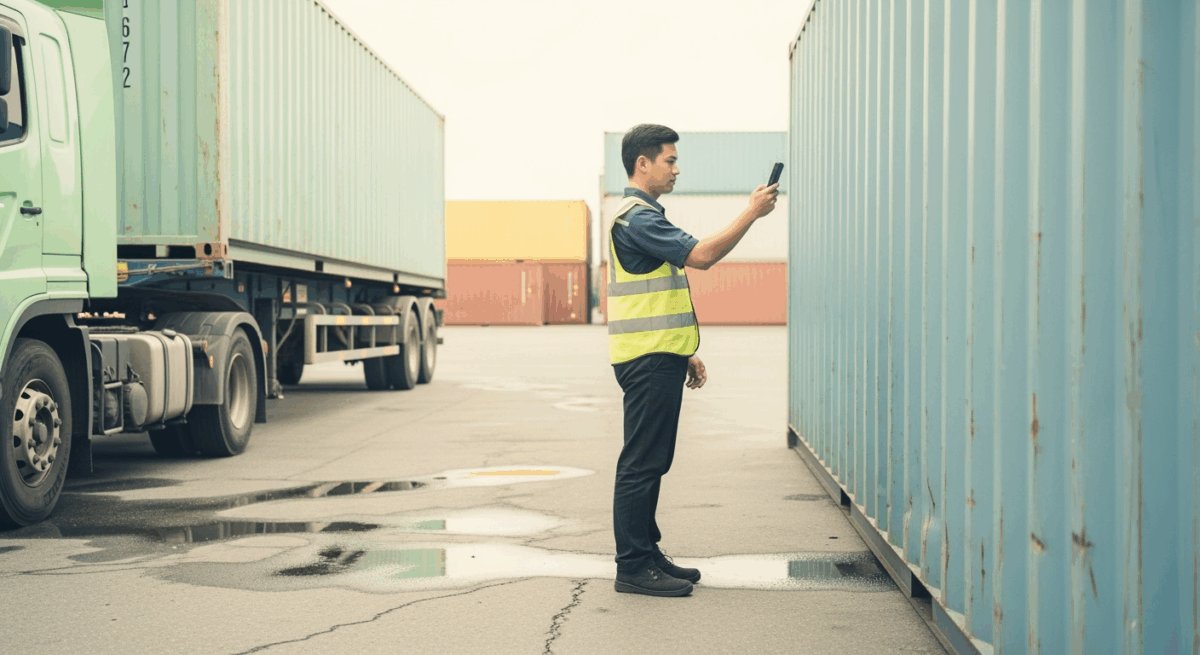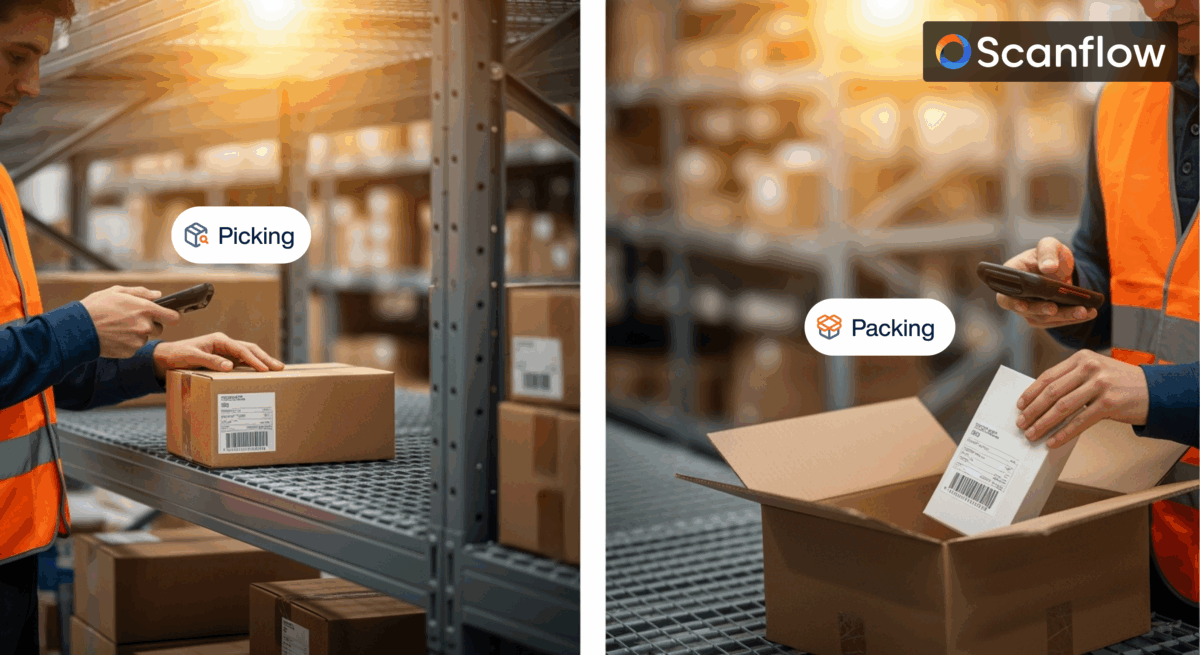Supply chains keep the world moving. From clothes and electronics to food and raw materials, almost everything we use travels inside containers. These containers may look like simple steel boxes, but the data linked to them what’s inside, where they are going, who is moving them, and when decides how smoothly the supply chain runs.
The problem? Many companies still track containers the old-fashioned way. A container number is written down on paper, details like weight and driver information are typed into a system hours later, and lifecycle updates are sometimes forgotten altogether. This creates gaps, delays, and confusion. One small error might not seem like much, but when multiplied across hundreds or thousands of containers, it can cause serious supply chain failures.
Here are the top five reasons supply chains fail without centralized container information and how Scanflow Track & Trace helps avoid them.
1.Delays That Spread Across the Chain
In logistics, delays are expensive. If a container’s details are missing or entered late, the driver waits longer, the yard team can’t plan properly, and shipments get held up. One small delay creates a chain reaction, slowing down the entire supply line.
How Scanflow Helps:
With Create & Save, staff can simply scan the container number and instantly capture important details like vehicle, driver, weight, and storage type. No waiting, no backlogs, no retyping later. Information is live the moment the container arrives, keeping everything moving on time.
2.Blind Spots in Container Status
Supply chains depend on knowing where containers are and what stage they’re in. Was the container pulled, stripped, or returned? Without centralized updates, people make guesses or work with outdated information. This creates blind spots that lead to wrong decisions sending a truck too early, storing cargo in the wrong yard, or marking a shipment as late even when it isn’t.
How Scanflow Helps:
The Update Status feature solves this by letting staff scan the container or QR code and update its stage in real time. Everyone from yard staff to planners to customers sees the same accurate status instantly. No more blind spots, no more guessing.
3.Poor Planning and Wasted Resources
Good planning is only possible with good data. If container records are scattered across different systems, planners are forced to guess about yard space, truck allocation, or shipping schedules. This leads to wasted fuel, idle trucks, and inefficient use of storage areas.
How Scanflow Helps:
By centralizing container information with a complete history, Scanflow gives planners the clear picture they need. They can see where each container is, what condition it’s in, and what’s coming next. That means smarter planning, less waste, and smoother operations.
4.Compliance and Audit Problems
Regulations in shipping and logistics are strict. Customs, port authorities, and clients all require accurate, complete container records. Without a central system, companies risk missing details like weight, movement logs, or driver information. When that happens, fines, shipment holds, and failed audits quickly follow.
How Scanflow Helps:
Every action in Scanflow creates a full audit trail. Each scan and update is stored with complete history, so proof is always available when needed. Instead of scrambling to find missing records, companies can be confident they’re always compliant.
5.Misalignment Between Partners
Supply chains involve many players shippers, carriers, warehouses, and customers. But when container data is kept in separate systems or shared late, each partner ends up with a different version of the truth. This leads to finger-pointing, disputes, and lost trust.
How Scanflow Helps:
Scanflow acts as the single source of truth for all container data. Everyone sees the same live updates, which means better coordination and fewer disputes. Transparency builds trust, and trust keeps supply chains strong.
Keeping Supply Chains Strong
Supply chains rarely collapse because of one big mistake. Instead, they break down slowly through small, repeated problems: delays, blind spots, poor planning, compliance risks, and disputes. The root cause behind all of these? Fragmented and unreliable container information.
Scanflow Track & Trace built to fix this.
-
With Create & Save, details are captured instantly at the point of scanning.
-
With Update Status, container lifecycles are tracked in real time.
-
With centralized history, planning, compliance, and teamwork all improve.
The result: faster processes, fewer errors, and stronger supply chains that don’t fail under pressure.
Ready to Try Scanflow?
Your supply chain is only as strong as your container information. Don’t let small cracks turn into major breakdowns. With Scanflow Track & Trace, you can:
-
Speed up processing with instant scanning
-
Centralize container data with full history
-
Improve logistics planning and compliance tracking
Try Scanflow Track and Trace App for Container Management and see how easy traceability can be.



